
How to Start Pig Farming. Pig farming can be a rewarding project, whether looking to start a small scale operation, raise pigs for your own consumption or make it your sole business. For a pig farm to be productive, the pigs must be grown as quickly and cheaply as possible. This involves finding inexpensive sources of feed, as well as having properly designed facilities that allows the pigs to be handled effectively. Careful planning is necessary before purchasing a starter stock.
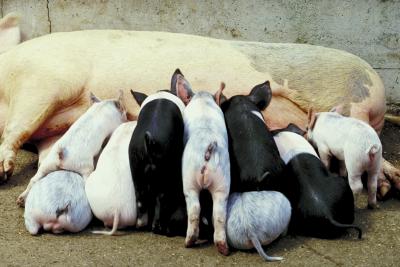
Determine the source of your future profits. The typical place to sell pigs is at the local market, but larger operations may be able to sell directly to slaughtering houses or processors. Research the price you can expect for your pigs where you intend to sell them to gauge the operation's profitability. Creating a business plan is a useful tool to help measure the farm's viability.
Determine a breeding strategy. The easiest way to raise pigs is to buy piglets yearly and grow them to market weight, although this is less profitable. You can also have your pigs artificially inseminated, eliminating the facilities and labor required to keep boars. You can breed your sows with natural service. If reproducing by natural service, one boar is required for every 15 to 20 sows.
Plan out and build the housing facilities. Outdoor pens are easier and cheaper to construct, but also tend to be more labor-intensive because the manure must be pitched out instead of washed away and it can be harder to move the pigs. Indoor facilities must have a concrete floor the pigs won't slip on. If breeding your own pigs, you will not only need pens for growing the piglets to market weight, but also for the boars, dry sows, pregnant sows and farrowing sows. Each pen must have a water trough and proper bedding, such as sawdust chips.
Find the cheapest, most-effective way to feed pigs. Contact local food companies and restaurants to see if you can obtain their bakery waste at a minimal price. Pigs grow the fastest on corn and soybeans since the grain supplies high levels or energy and protein. Try to find the right balance between feed sources that are inexpensive and those that increase weight the quickest.
Create a place to store manure. Even a small pig farm will produce a lot of waste. It should be kept outside in windrows and turned regularly to keep it exposed to air. It is best if the manure can be kept away from residential housing, due to its unpleasant smell.
Purchase pigs of a standard commercial meat breed. Meat breeds have been bred to grow quickly and efficiently.
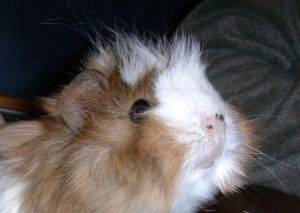 What Homemade Toys Can One Make for a Guinea Pig?
What Homemade Toys Can One Make for a Guinea P
What Homemade Toys Can One Make for a Guinea Pig?
What Homemade Toys Can One Make for a Guinea P
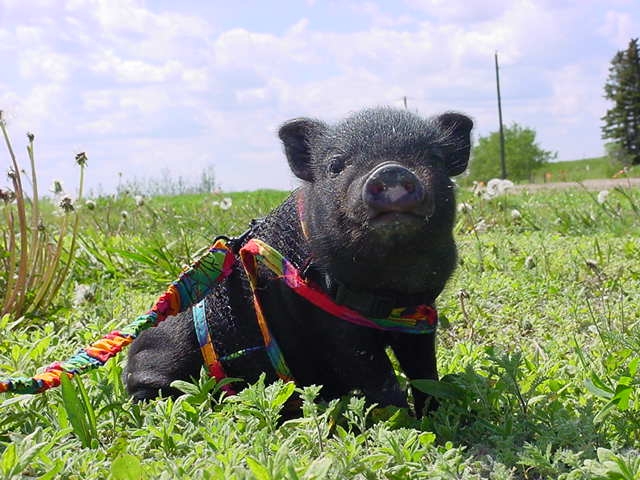 How to Keep Pot Bellied Pigs as Pets
How to Keep Pot Bellied Pigs as Pets
H
How to Keep Pot Bellied Pigs as Pets
How to Keep Pot Bellied Pigs as Pets
H
 How to Name a Guinea Pig
How to Name a Guinea Pig
How to Name a
How to Name a Guinea Pig
How to Name a Guinea Pig
How to Name a
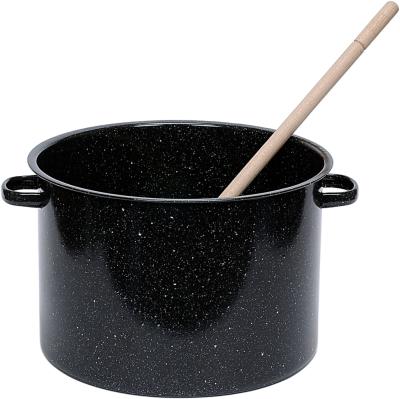 How to Roast Pig Ears
How to Roast Pig Ears
How to Roast Pig
How to Roast Pig Ears
How to Roast Pig Ears
How to Roast Pig
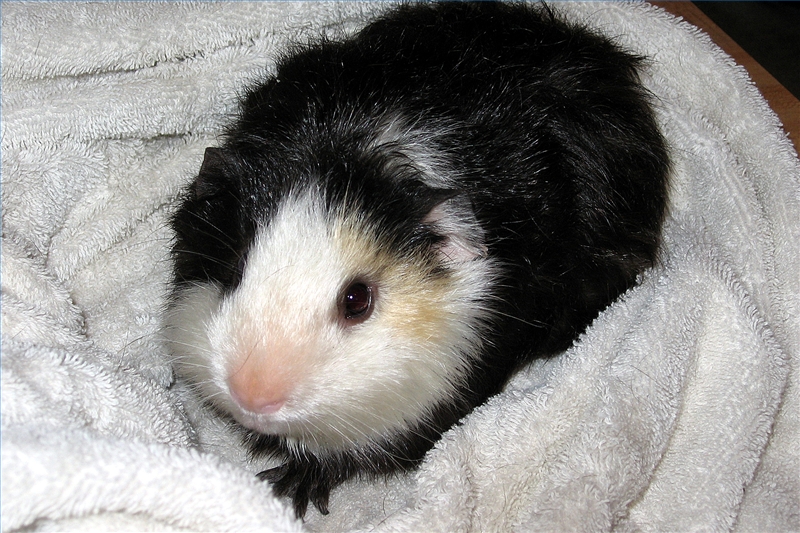 How to Spoil a Guinea Pig
How to Spoil a Guinea Pig
How to Spoi
How to Spoil a Guinea Pig
How to Spoil a Guinea Pig
How to Spoi
Copyright © 2005-2016 Pet Information All Rights Reserved
Contact us: www162date@outlook.com